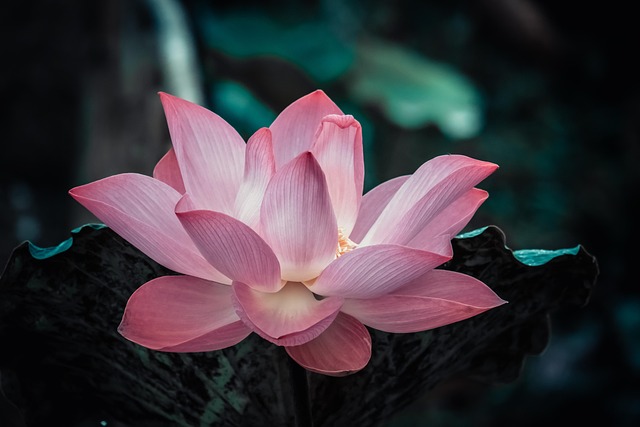
Aquatic Vegetation
Understanding Aquatic Vegetation
Aquatic vegetation plays a vital role in our ecosystems, providing habitat, food, and oxygen for various aquatic life forms. With diverse types of plants thriving in water, it’s fascinating to explore the different categories of aquatic vegetation that contribute to the health of our water bodies. 🌊
The Four Major Types
There are four primary types of aquatic vegetation: floating, submerged, emergent, and algae. Each type has its unique characteristics and functions, making them essential for maintaining ecological balance.
1. Floating Aquatic Vegetation
Floating plants are those that rest on the water's surface, with their roots suspended in the water column. These plants do not anchor themselves in the pond substrate but rather absorb nutrients directly from the water. This ability allows them to thrive in various aquatic environments. Examples include water lilies and duckweed. 🌼
2. Submerged Vegetation
Submerged vegetation grows entirely below the water's surface. These plants are crucial for providing oxygen and habitat for fish and other aquatic organisms. They help stabilize the sediment and can improve water clarity by filtering out pollutants. Common submerged plants include eelgrass and hornwort.
3. Emergent Vegetation
Emergent plants grow partially in water but have their stems and leaves above the surface. They often line the edges of lakes and ponds, providing shelter and nesting sites for wildlife. Examples include cattails and bulrushes. These plants are not only beautiful but also play a significant role in preventing erosion.
4. Algae
Algae can be a bit tricky to categorize since they can appear submerged or floating. They are essential for aquatic ecosystems as they produce oxygen through photosynthesis and serve as a food source for many aquatic organisms. However, excessive algae growth can lead to problems, such as creating dead zones where oxygen levels drop, harming fish and other aquatic life.
Why Aquatic Vegetation Matters
Understanding these different types of aquatic vegetation is essential for anyone interested in ecology, gardening, or simply enjoying nature. Healthy aquatic plants contribute to clean water, support biodiversity, and enhance the beauty of our natural landscapes. 🌿
Conclusion
In summary, aquatic vegetation is a fascinating and crucial component of our ecosystems. By recognizing the different types and their roles, we can appreciate the delicate balance of life in our water bodies and contribute to their preservation. So next time you’re near a pond or lake, take a moment to observe and appreciate the vibrant life that aquatic vegetation supports!
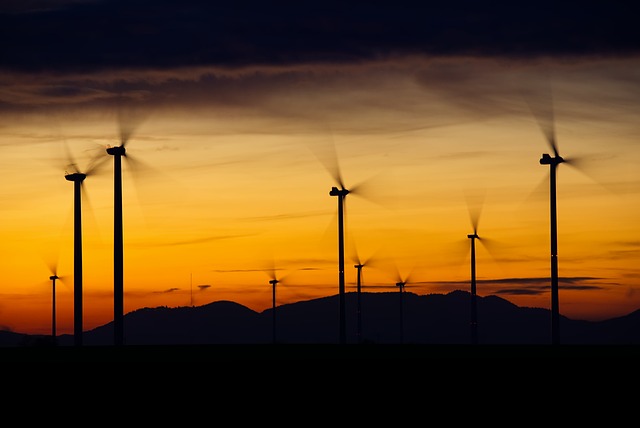




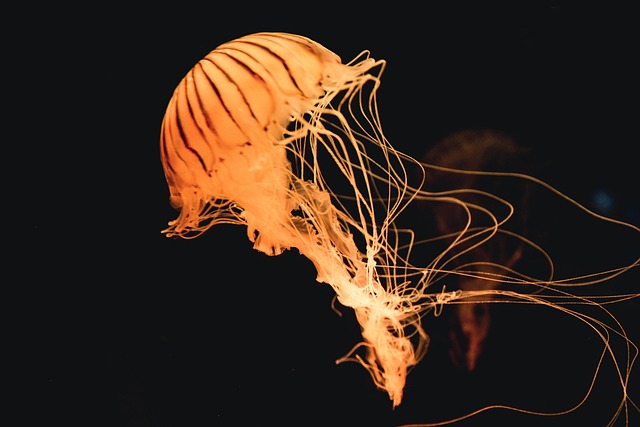
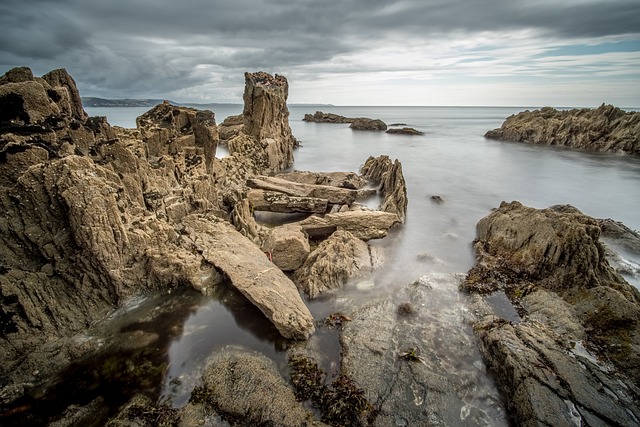

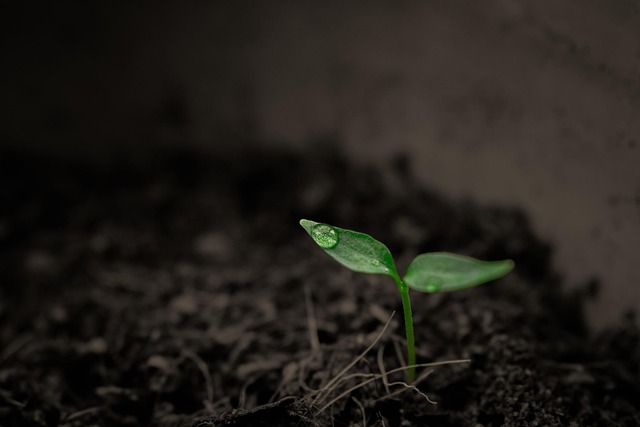
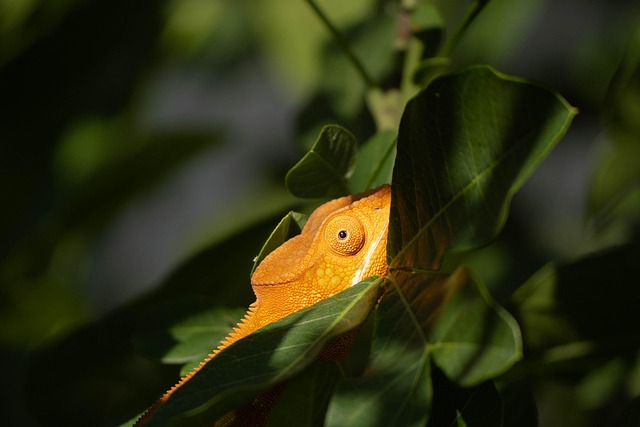
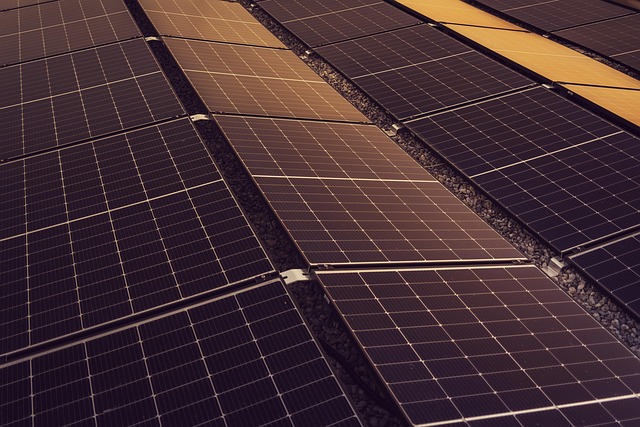


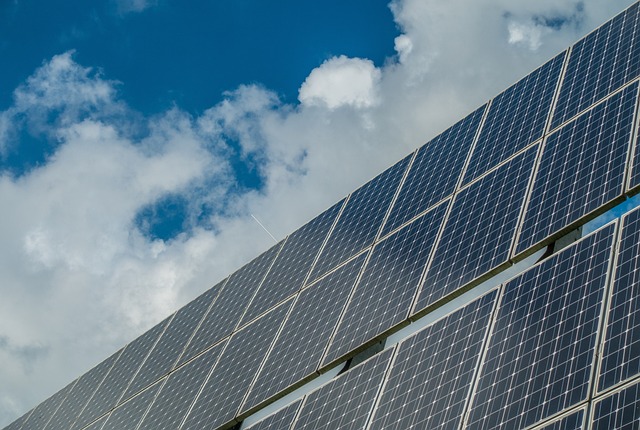



 Global Issues
Global Issues 
 Health
Health  Fitness
Fitness  Lifestyle
Lifestyle  Tech
Tech  Travel
Travel  Food
Food  Education
Education  Parenting
Parenting  Career & Work
Career & Work  Hobbies
Hobbies  Wellness
Wellness  Beauty
Beauty  Cars
Cars  Art
Art  Science
Science  Culture
Culture  Books
Books  Music
Music  Movies
Movies  Gaming
Gaming  Sports
Sports  Nature
Nature  Home & Garden
Home & Garden  Business & Finance
Business & Finance  Relationships
Relationships  Pets
Pets  Shopping
Shopping  Mindset & Inspiration
Mindset & Inspiration  Environment
Environment  Gadgets
Gadgets  Politics
Politics 